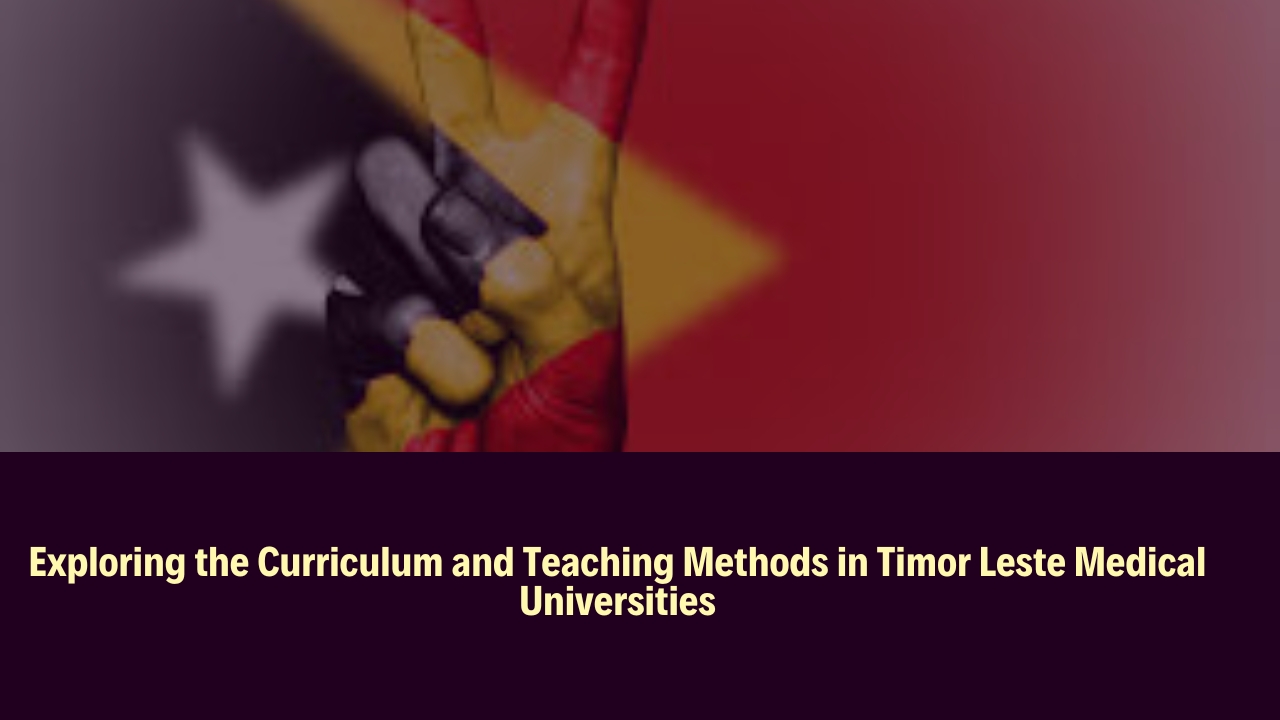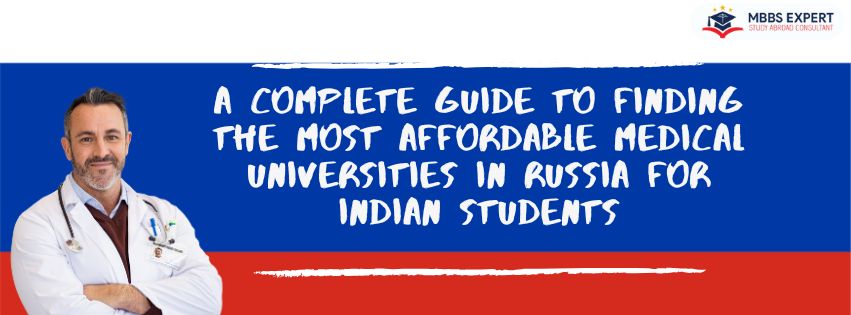Best and Affordable Medical Universities Abroad for Indian Students Pursuing an MBBS degree abroad has…
Exploring the Curriculum and Teaching Methods in Timor Leste Medical Universities
![]()
Exploring the Curriculum and Teaching Methods in Timor Leste Medical Universities

In the heart of Southeast Asia lies Timor-Leste, a country with a rich cultural tapestry and a burgeoning healthcare system. As this young nation strives to provide quality healthcare to its citizens, its medical universities play a pivotal role in shaping the next generation of healers. In this blog, we embark on a journey to explore the intricate nuances of the curriculum and teaching methods employed in Timor-Leste’s medical universities, shedding light on their efforts to foster competent and compassionate healthcare professionals.
The Landscape of Medical Education in Timor-Leste
Timor-Leste’s medical education system reflects its unique socio-political history and geographical challenges. Despite facing resource constraints and infrastructure limitations, the country’s medical universities stand as beacons of hope, steadfast in their mission to produce skilled physicians capable of addressing the nation’s healthcare needs.
Curriculum Design: Balancing Global Standards with Local Realities
At the core of medical education in Timor-Leste lies a curriculum designed to strike a delicate balance between international standards and local healthcare realities. While drawing from established medical education frameworks, such as those outlined by the World Federation for Medical Education (WFME), Timor-Leste’s medical universities infuse their curriculum with context-specific content and experiences.
Embracing Multidisciplinary Learning: A Holistic Approach to Medical Education
In Timor-Leste’s medical universities, students are not merely passive recipients of knowledge; they are active participants in a multidisciplinary learning journey. Through integrated teaching sessions and collaborative projects, future physicians engage with diverse perspectives, honing their critical thinking and problem-solving skills in the process.
Community Engagement: Bridging the Gap Between Classroom and Clinic
One of the hallmarks of medical education in Timor-Leste is its emphasis on community engagement. Recognizing the importance of contextually relevant learning experiences, medical universities actively involve students in community health initiatives, immersing them in the realities of healthcare delivery beyond the confines of the classroom.
Technology-Enhanced Learning: Innovations in Medical Education
In an era defined by rapid technological advancement, Timor-Leste’s medical universities harness the power of technology to enrich the learning experience. From virtual simulations and e-learning platforms to telemedicine initiatives, these institutions leverage innovative tools to augment traditional teaching methods and bridge geographical barriers.
Cultivating Empathy and Cultural Competence: The Human Side of Medicine
Beyond the acquisition of medical knowledge and technical skills, Timor-Leste’s medical universities place a strong emphasis on nurturing empathy and cultural competence among future physicians. Through patient-centered learning experiences and cultural immersion programs, students develop a deep appreciation for the diverse social and cultural contexts in which they will practice medicine.
Challenges and Opportunities Ahead
While Timor-Leste’s medical education sector has made significant strides, it is not without its challenges. Limited resources, faculty shortages, and infrastructure gaps pose ongoing hurdles to the delivery of quality medical education. However, amidst these challenges lie opportunities for innovation, collaboration, and growth, as Timor-Leste’s medical universities continue to adapt and evolve in response to emerging needs and aspirations.
Looking Ahead: A Call to Action
As Timor-Leste’s medical universities navigate the complexities of medical education, there exists a collective responsibility to address the challenges and seize the opportunities that lie ahead. To ensure the continued growth and sustainability of the healthcare workforce, stakeholders at all levels must come together to:
- Invest in Infrastructure and Resources: Adequate funding and infrastructure are essential for the effective delivery of medical education. Governments, international organizations, and private sector partners must collaborate to invest in modern facilities, technology, and faculty development initiatives.
- Expand Faculty Capacity: Faculty shortages pose a significant barrier to medical education in Timor-Leste. Efforts to recruit, retain, and train qualified faculty members are critical for ensuring the quality and continuity of medical education programs.
- Promote Research and Innovation: Research plays a vital role in advancing medical knowledge and practice. Medical universities in Timor-Leste should prioritize research capacity-building initiatives and foster a culture of innovation among students and faculty.
- Enhance Collaboration and Partnerships: Collaboration between medical universities, healthcare institutions, and community organizations is key to addressing healthcare challenges comprehensively. By forging strategic partnerships and sharing resources, stakeholders can maximize impact and create sustainable solutions.
- Promote Equity and Inclusion: Access to quality medical education should be equitable and inclusive. Efforts to recruit students from diverse backgrounds and address barriers to entry, such as socioeconomic status and geographical location, are essential for fostering a diverse and culturally competent healthcare workforce.
Final Thoughts: A Vision for Tomorrow’s Healers
In the tapestry of Timor-Leste’s healthcare journey, the role of medical education is both profound and transformative. As we reflect on the intricate interplay of curriculum design, teaching methods, and community engagement, we are reminded of the collective vision that unites us: a future where every individual has access to compassionate, evidence-based healthcare.
As Timor-Leste’s medical universities continue to evolve and innovate, they embody the spirit of resilience and determination that defines this young nation. Together, we embark on a journey towards a brighter future, where the promise of healing extends to every corner of society, and where the legacy of compassion and excellence endures for generations to come.
In the hearts and minds of tomorrow’s healers, the seeds of change are sown, nurtured by the wisdom of the past and the aspirations of the future. Through exploration, innovation, and collaboration, we sow the seeds of hope, cultivating a landscape where health and well-being flourish, and where the spirit of solidarity prevails.
Together, let us envision a future where healthcare is not just a profession but a calling—a calling to serve, to heal, and to inspire. In the tapestry of Timor-Leste’s healthcare journey, let us weave a story of resilience, compassion, and excellence—a story that echoes through the halls of medical universities and resonates in the hearts of healers everywhere.





